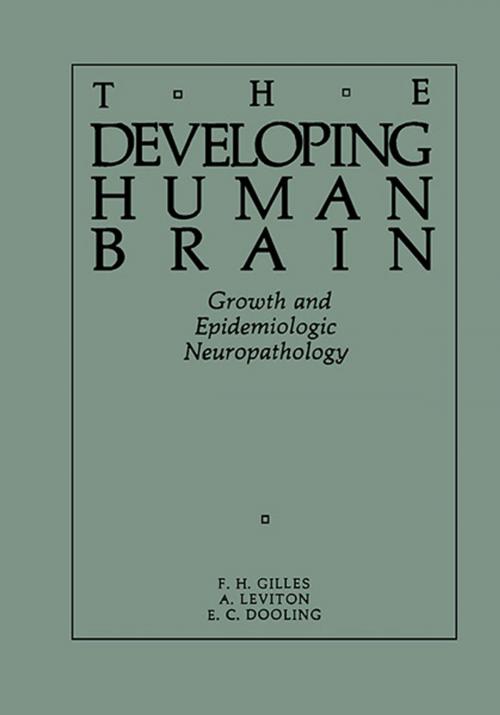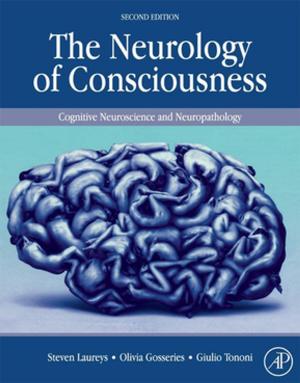The Developing Human Brain
Growth and Epidemiologic Neuropathology
Nonfiction, Health & Well Being, Medical, Medical Science, Physiology, Science & Nature, Science, Biological Sciences, Human Physiology| Author: | F. H. Gilles, A. Leviton, E. C. Dooling | ISBN: | 9781483281049 |
| Publisher: | Elsevier Science | Publication: | October 22, 2013 |
| Imprint: | Butterworth-Heinemann | Language: | English |
| Author: | F. H. Gilles, A. Leviton, E. C. Dooling |
| ISBN: | 9781483281049 |
| Publisher: | Elsevier Science |
| Publication: | October 22, 2013 |
| Imprint: | Butterworth-Heinemann |
| Language: | English |
The Developing Human Brain: Growth and Epidemiologic Neuropathology presents the analyses that study the conditions and events of pregnancy, labor, and delivery as they relate to neuropathological outcomes. This book reviews the weaknesses and strengths of epidemiologic methods applied to autopsy populations and provide the details of the neuropathologic sample.
Organized into three sections encompassing 27 chapters, this book begins with an overview of the hypotheses about the relationships between potential antecedents and morphologic events that can subsequently be tested in the living child using specific measure of cerebral or neurologic function. This text then examines the general principles of epidemiology. Other chapters consider the advantages and disadvantages of using autopsy data for epidemiologic studies. This book discusses as well the statistical and descriptive methods used to provide a panoramic view of the developing human brain based on infants aborted at different stages of development. The final chapter deals with anatomical changes at the final months of the second trimester.
This book is a valuable resource for neuropathologists, neurologists, and pathologists.
The Developing Human Brain: Growth and Epidemiologic Neuropathology presents the analyses that study the conditions and events of pregnancy, labor, and delivery as they relate to neuropathological outcomes. This book reviews the weaknesses and strengths of epidemiologic methods applied to autopsy populations and provide the details of the neuropathologic sample.
Organized into three sections encompassing 27 chapters, this book begins with an overview of the hypotheses about the relationships between potential antecedents and morphologic events that can subsequently be tested in the living child using specific measure of cerebral or neurologic function. This text then examines the general principles of epidemiology. Other chapters consider the advantages and disadvantages of using autopsy data for epidemiologic studies. This book discusses as well the statistical and descriptive methods used to provide a panoramic view of the developing human brain based on infants aborted at different stages of development. The final chapter deals with anatomical changes at the final months of the second trimester.
This book is a valuable resource for neuropathologists, neurologists, and pathologists.















